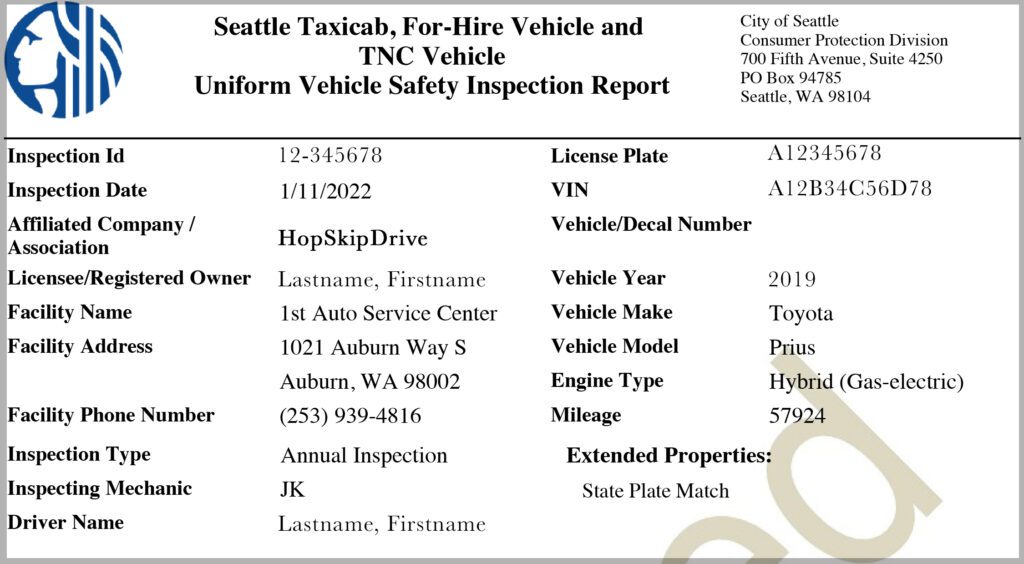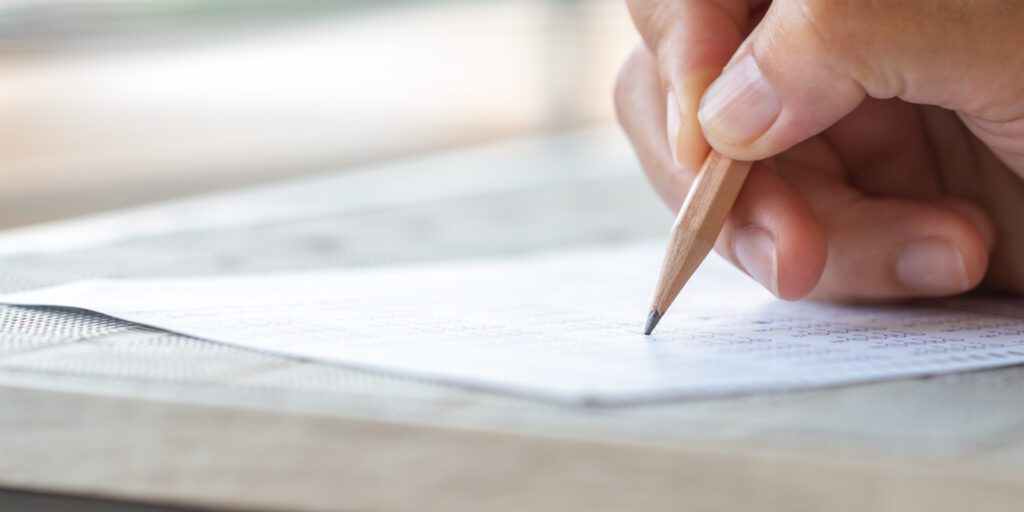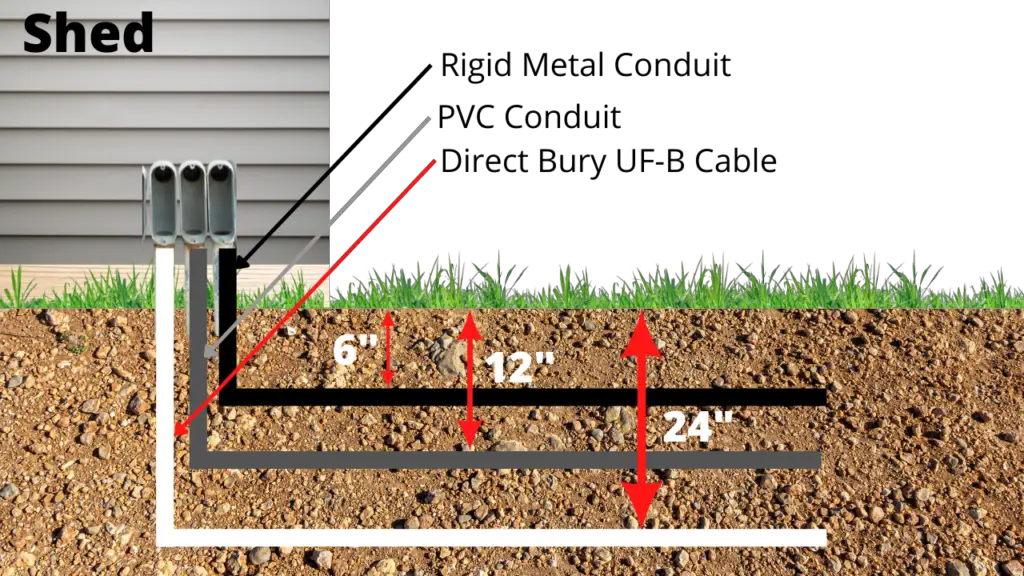Are you in Seattle and in need of an inspection, but not sure how to go about it? Look no further! This article is here to guide you on how to call for an inspection in Seattle. Whether it’s for your home, business, or construction project, we’ve got you covered. By the end of this article, you’ll have all the information you need to request an inspection with ease. So let’s get started and ensure that your inspection needs are met efficiently and hassle-free!


Building Inspections
Building inspections are an important part of the construction process in Seattle. They ensure that buildings are safe, meet all applicable codes and regulations, and are suitable for occupancy. Before you can obtain a Certificate of Occupancy, you must schedule and pass multiple building inspections. These inspections are crucial to ensure the safety and integrity of your structure.
Building Permits
Before scheduling any building inspections, it is essential to obtain the necessary building permits. Building permits are required for most construction, alteration, or repair work in Seattle. They are typically issued by the local building department or the Department of Construction and Inspections (SDCI). The permitting process ensures that your project meets all the necessary requirements and codes.
To obtain a building permit, you will need to submit certain documents, such as detailed architectural plans, engineering calculations, and any other relevant information specific to your project. Once your permit is approved, you can move forward with scheduling the required inspections.
Types of Inspections
There are various types of building inspections that may be required depending on the scope of your construction project. Some common types of inspections include foundation inspections, framing inspections, electrical inspections, plumbing inspections, and mechanical inspections. Each inspection focuses on a specific aspect of the construction process to ensure that all work is done correctly and in compliance with the applicable codes and regulations.
Scheduling an Inspection
Scheduling a building inspection in Seattle is a straightforward process. You can either schedule your inspection online through the SDCI’s website or call their inspection hotline. When scheduling your inspection, be prepared to provide the necessary information, such as the permit number, the type of inspection you’re requesting, the preferred date and time for the inspection, and any additional instructions or notes.
It is important to schedule your inspections well in advance, as there might be a high demand for inspections, especially during peak construction seasons. Planning ahead and scheduling inspections early will help ensure that your project stays on track.
Preparing for the Inspection
Before the scheduled inspection date, you need to ensure that the work being inspected is complete and ready for evaluation. This includes making sure that all applicable codes and regulations have been followed, that required safety measures are in place, and that any necessary documentation or permits are readily available onsite.
It is also important to have clear and unobstructed access to the areas that will be inspected. This includes removing any barriers that may hinder the inspector’s ability to evaluate the construction properly.
On-Site Inspection Process
On the day of the inspection, an authorized inspector from the SDCI will visit your construction site to evaluate the work done. The inspector will assess whether the construction meets the applicable codes and standards and will identify any areas that need improvement or further attention.
During the inspection, the inspector may ask questions, request documentation or clarification, and thoroughly examine the construction from various angles. It is crucial to cooperate with the inspector, provide any requested information, and address any concerns they may have. Building inspections are an opportunity for learning and improvement, so maintaining a positive and collaborative attitude throughout the process is essential.
After the inspection, the inspector will provide feedback and may issue a notice of correction if any violations or deficiencies are found. Depending on the nature of the issues, you may need to make the necessary corrections and schedule a re-inspection to ensure compliance.
Fire and Life Safety Inspections
Fire and life safety inspections play a crucial role in protecting buildings and occupants from the risks of fire and other hazards. These inspections focus on ensuring that buildings and their associated systems, such as fire alarms, sprinklers, and emergency exits, are in proper working order and compliant with fire safety regulations.
Types of Inspections
There are various types of fire and life safety inspections conducted in Seattle. These inspections include fire alarm inspections, fire sprinkler inspections, emergency lighting inspections, and general fire and life safety inspections. Each type of inspection targets specific aspects of fire safety and aims to prevent, detect, and mitigate fire-related risks.
Requesting a Fire Inspection
To request a fire inspection in Seattle, you can contact the Seattle Fire Department through the designated phone numbers or email addresses. It is important to provide the necessary information, such as the address of the building to be inspected, the type of inspection you’re requesting, and any specific concerns or issues you would like the inspector to address.
Preparing for the Inspection
Before the fire inspection, it is crucial to ensure that all fire safety systems, equipment, and protocols are in place and functioning correctly. This includes checking that fire alarms, sprinklers, emergency lighting, fire extinguishers, and other fire safety devices are properly installed, tested, and maintained.
It is also essential to have clear and unobstructed access to all fire safety equipment and systems. This ensures that the inspector can thoroughly evaluate their condition and effectiveness.
Fire Inspection Process
During a fire inspection, a representative from the Seattle Fire Department will visit the building and conduct a comprehensive evaluation of the fire safety measures. The inspector will assess various aspects, such as fire alarms, sprinkler systems, fire exits, evacuation plans, and overall compliance with fire safety regulations.
The inspector may also provide recommendations and guidance on how to improve fire safety measures, eliminate potential fire hazards, and enhance the overall safety of the building.
Following the inspection, the building owner or manager will receive a report detailing the findings and any required actions. It is important to address any identified issues promptly and implement the necessary corrective measures to ensure the safety of the occupants and maintain compliance with fire safety regulations.


Electrical Inspections
Electrical inspections are crucial to verify that electrical installations in buildings comply with the applicable codes and regulations. These inspections ensure the safety of the electrical systems, prevent electrical accidents, and minimize the risk of fire caused by electrical faults.
Types of Inspections
In Seattle, various types of electrical inspections may be required depending on the nature and complexity of the electrical work. These inspections include rough-in inspections, service change inspections, final electrical inspections, low-voltage inspections, and other specialized inspections.
Each type of inspection focuses on different aspects of electrical systems, such as wiring, grounding, electrical panels, circuits, and compliance with safety standards.
Scheduling an Electrical Inspection
To schedule an electrical inspection in Seattle, you can use the online scheduling system provided by the SDCI or call their inspection hotline. When scheduling the inspection, you will need to provide the necessary information, such as the permit number, the type of inspection required, and the preferred date and time.
It is typically recommended to schedule electrical inspections in advance, allowing sufficient time for any corrections or modifications that may be required before the final inspection.
Preparing for the Inspection
Before the electrical inspection, you need to ensure that all electrical work is complete, and the installation is ready for evaluation. This includes verifying that all wires and cables are properly installed, terminations are secure, grounding is in place, and electrical panels are correctly labeled.
Additionally, you should gather any relevant documentation, such as electrical plans, specifications, and inspection record cards, to have them readily available for the inspector’s review.
Electrical Inspection Process
During the electrical inspection, an electrical inspector from the SDCI will visit the site to assess the compliance of the electrical installation. The inspector will examine various aspects, including the electrical panel, wiring, outlets, switches, grounding, and circuitry.
The inspector will also check if the established electrical load calculations are within the limits defined by the codes and regulations. Any safety concerns or deviations from the applicable standards will be identified and communicated to the owner or contractor.
Upon completion of the inspection, the inspector will note the findings and may issue a notice of correction if any deficiencies are identified. It is essential to rectify any issues promptly and schedule a re-inspection to ensure compliance before the electrical system can be energized and put into service.
Plumbing Inspections
Plumbing inspections are crucial to verify that plumbing systems in buildings meet the necessary standards for health, safety, and code compliance. These inspections ensure that plumbing installations are correctly designed, constructed, and maintained to function properly and prevent potential health hazards.
Types of Inspections
In Seattle, several types of plumbing inspections may be required during the construction or alteration of a building. These inspections include rough-in inspections, underground plumbing inspections, top-out inspections, final plumbing inspections, and other specialized inspections.
Each type of inspection focuses on different aspects of the plumbing system, such as the installation of pipes, fixtures, water heaters, drainage, venting, and compliance with plumbing codes and regulations.
Calling for a Plumbing Inspection
To request a plumbing inspection in Seattle, you can contact the SDCI’s inspection hotline or utilize their online scheduling system. When calling, provide the necessary details, such as the permit number, the type of inspection needed, and the desired date and time.
It is important to schedule plumbing inspections ahead of time, allowing for any necessary corrections or modifications before the final inspection.
Preparing for the Inspection
Before the plumbing inspection, it is crucial to ensure that all plumbing work is completed in compliance with the codes and regulations. This includes checking that all pipes, fittings, fixtures, and water supply systems are properly installed, connected, and tested.
Ensure that all access points to the plumbing system are easily accessible and not obstructed. This will facilitate the inspector’s evaluation and allow them to identify any potential issues or concerns more effectively.
Plumbing Inspection Process
During a plumbing inspection, a plumbing inspector from the SDCI will assess the plumbing system’s compliance and functionality. The inspector will verify proper installation of pipes, fittings, fixtures, water heaters, drainage systems, venting, and backflow prevention devices.
The inspector will also assess any special plumbing installations, such as gas piping or water storage tanks, to ensure they meet all applicable requirements. They may ask for documentation, such as plumbing plans or engineering calculations, to validate the compliance of the installation.
If any deficiencies or violations are identified, the inspector will provide feedback and issue a notice of correction. Addressing these issues promptly and scheduling a re-inspection, if necessary, will ensure compliance and the safe operation of the plumbing system.
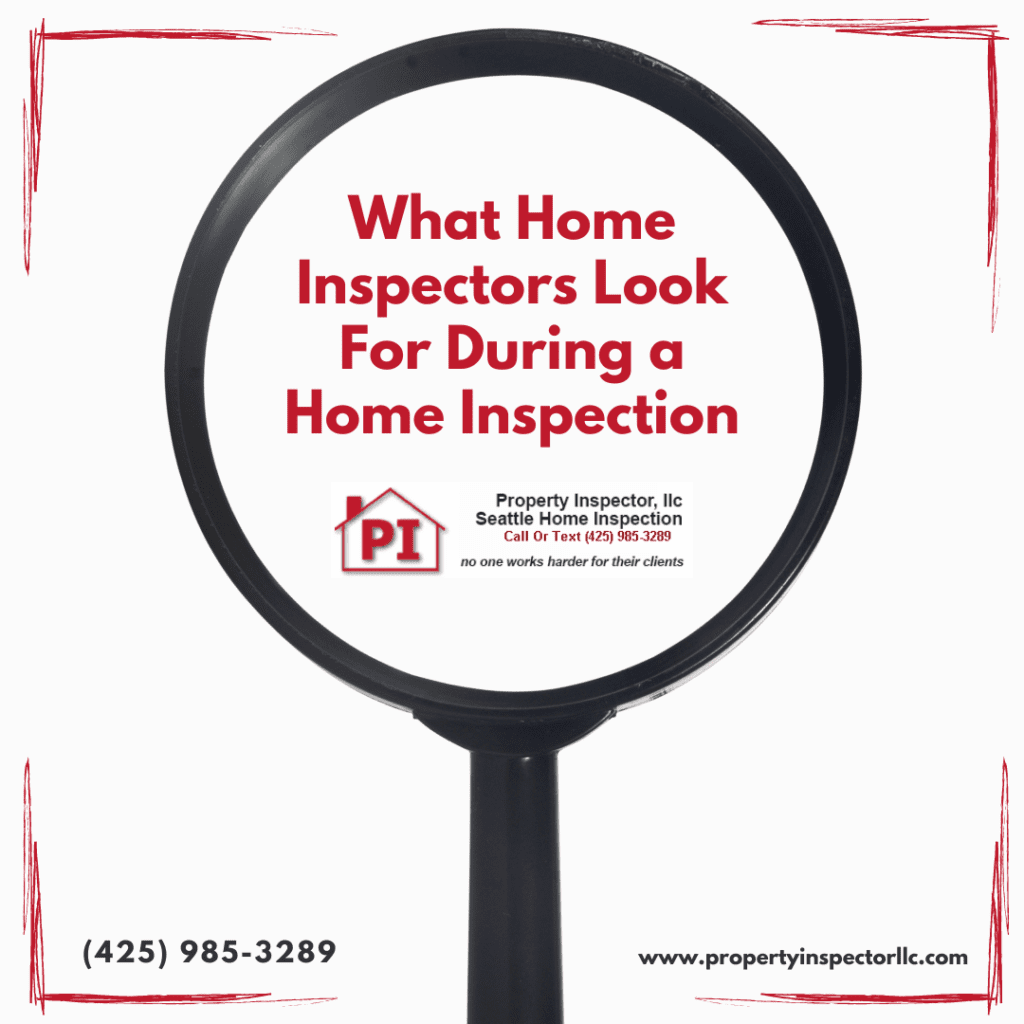

Mechanical Inspections
Mechanical inspections are essential to verify that the mechanical systems in buildings, such as HVAC (heating, ventilation, and air conditioning) systems, meet the necessary codes and regulations. These inspections help ensure that the mechanical systems are energy-efficient, safe, and compatible with the intended use of the building.
Types of Inspections
In Seattle, various types of mechanical inspections may be required, depending on the complexity and scope of the project. These inspections include rough-in inspections, equipment inspections, final mechanical inspections, and other specialized inspections.
Each type of inspection focuses on different aspects of the mechanical systems, including ductwork, ventilation, heating and cooling equipment, control systems, and their compliance with mechanical codes and regulations.
Scheduling a Mechanical Inspection
To schedule a mechanical inspection in Seattle, you can utilize the online scheduling system provided by the SDCI or call their inspection hotline. When scheduling the inspection, provide the necessary information, such as the permit number, the type of inspection required, and the desired date and time.
Plan ahead and schedule mechanical inspections in advance to allow time for any necessary corrections or modifications before the final inspection.
Preparing for the Inspection
Before the mechanical inspection, ensure that all mechanical work is completed and the systems are ready to be evaluated. This includes verifying that heating, ventilation, and cooling equipment is properly installed, ductwork is correctly connected, control systems are functioning, and all safety measures are in place.
Provide any relevant documentation, such as mechanical plans, specifications, or manufacturer’s instructions, for the inspector’s review.
Mechanical Inspection Process
During a mechanical inspection, an inspector from the SDCI will visit the site to evaluate the mechanical systems’ compliance and functionality. The inspector will assess various aspects, including the installation and operation of HVAC equipment, ductwork, ventilation systems, control panels, and compliance with mechanical codes and regulations.
The inspector may request additional information or documentation, perform functional tests, and assess the overall performance of the mechanical systems.
Following the inspection, the inspector will provide feedback and may issue a notice of correction if any deficiencies or violations are found. It is important to rectify these issues promptly and schedule a re-inspection if required to ensure compliance and the proper functioning of the mechanical systems.
Signage Inspections
Signage inspections are important to ensure that signs on buildings and properties comply with local regulations, are visible, and effectively convey necessary information to the public. These inspections help maintain a safe and orderly environment while preserving the aesthetic quality of the city.
Types of Inspections
In Seattle, signage inspections cover a range of signs, including building identification signs, directional signs, temporary signs, and signs associated with businesses or events. Each type of sign has specific requirements and standards that must be met.
Inspectors will evaluate various aspects of signage, including size, placement, content, materials, and compliance with the city’s sign regulations.
Requesting a Signage Inspection
To request a signage inspection in Seattle, you can contact the SDCI’s inspection hotline or submit a request through their online scheduling system. Provide the necessary details, such as the location of the sign, the type of sign inspection required, and any specific concerns or issues.
It is advisable to request signage inspections well in advance to allow time for any necessary modifications or corrections.
Preparing for the Inspection
Before the signage inspection, ensure that the sign is installed correctly and complies with all relevant regulations. This includes verifying that the sign’s dimensions, lettering, colors, and placement meet the city’s requirements.
Pay attention to any special conditions, such as lighting or electrical connections, that may be necessary for certain types of signs.
Signage Inspection Process
During a signage inspection, an inspector from the SDCI will visit the location to assess the compliance and condition of the sign. The inspector will evaluate various aspects, such as the sign’s visibility, legibility, placement, and adherence to the city’s sign regulations.
The inspector may also check the sign’s structural integrity, electrical connections (if applicable), and any required permits or approvals.
Following the inspection, the inspector will provide feedback and notify the sign owner or manager of any deficiencies or violations. Addressing these issues promptly and making the necessary corrections will ensure compliance with the sign regulations and maintain a visually appealing and safe environment.
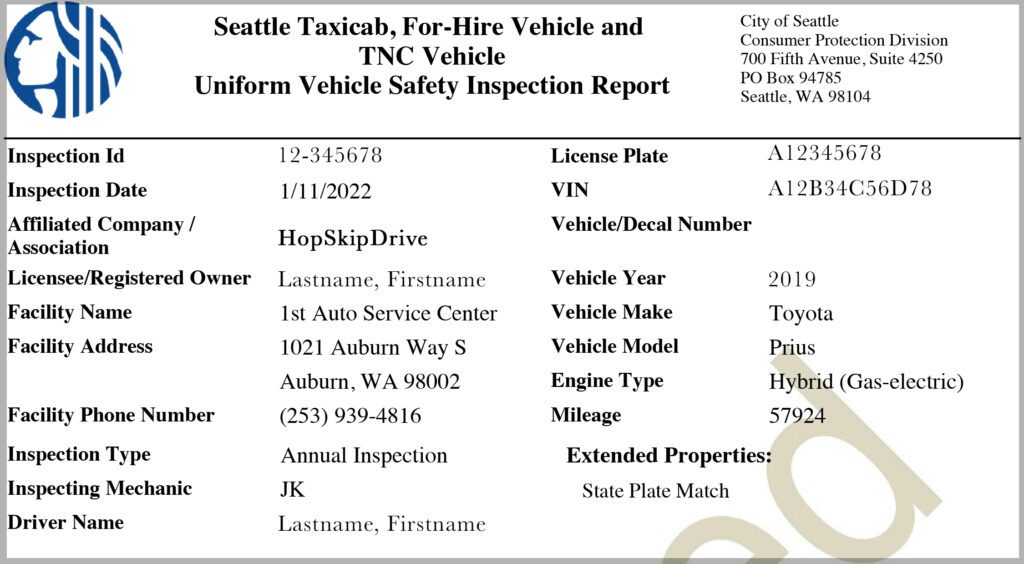

Tree Inspections
Tree inspections are conducted to evaluate the health, stability, and potential risks associated with trees on public and private properties. These inspections help identify diseased, damaged, or hazardous trees that may pose a threat to people, buildings, or other structures.
Types of Inspections
In Seattle, tree inspections cover a range of situations, such as routine assessments of city trees, inspections in response to tree-related complaints or concerns, and evaluations prior to construction or development projects. These inspections are conducted to ensure compliance with city regulations and guidelines regarding tree preservation, removal, and maintenance.
Requesting a Tree Inspection
To request a tree inspection in Seattle, you can contact the Seattle Department of Transportation (SDOT) or the Department of Construction and Inspections (SDCI), depending on the nature of the inspection. Provide the necessary information, such as the location of the tree, any specific concerns, and the reason for the inspection.
It is important to provide as much detail as possible to help the inspector assess the situation accurately.
Preparing for the Inspection
Before the tree inspection, it is advisable to gather any relevant information about the tree, such as its species, age, size, and history. Document any prior maintenance or trimming activities, as well as any observed signs of disease, damage, or instability.
If the inspection is related to a construction or development project, review the city’s guidelines regarding tree preservation and mitigation requirements. Ensure that the project plans comply with these guidelines and take into account any necessary tree protection measures.
Tree Inspection Process
During a tree inspection, an inspector from SDOT or SDCI will visit the location to assess the tree’s condition, health, and potential risks. The inspector will evaluate various factors, such as the tree’s structural integrity, disease or pest infestation, root health, and proximity to structures or utilities.
The inspector may also consider factors such as the impact of the tree on the surrounding landscape, drainage patterns, and public safety concerns.
Following the inspection, the inspector will provide feedback and offer recommendations or requirements to address any identified risks or issues. It is essential to follow the inspector’s guidance and comply with any necessary tree maintenance, removal, or protection measures.
Antenna and Telecommunication Inspections
Antenna and telecommunication inspections are conducted to ensure the safe and proper installation, operation, and maintenance of antennas and other communication infrastructure. These inspections help protect public safety, prevent interference with other systems, and maintain the aesthetic quality of the environment.
Types of Inspections
In Seattle, antenna and telecommunication inspections cover a range of installations, including wireless communication towers, rooftop antennas, satellite dishes, and other related equipment. Each type of inspection focuses on specific aspects, such as structural integrity, equipment installation, electrical connections, and compliance with local regulations and industry standards.
Requesting an Antenna Inspection
To request an antenna inspection in Seattle, you can contact the SDCI’s inspection hotline or submit a request through their online scheduling system. Provide the necessary details, including the location of the equipment, the type of inspection required, and any specific concerns or issues.
It is advisable to request antenna inspections well in advance to allow time for any necessary modifications or corrections.
Preparing for the Inspection
Before the antenna inspection, ensure that all equipment is properly installed and complies with the applicable regulations and industry standards. Verify that the installation is structurally sound and poses no safety risks to the public or surrounding structures.
Ensure that any necessary electrical connections or grounding measures are in place and comply with the relevant codes and regulations.
Antenna Inspection Process
During an antenna inspection, an inspector from the SDCI will visit the site to assess the compliance and condition of the antenna and associated equipment. The inspector will evaluate various aspects, such as structural integrity, equipment installation, electrical connections, grounding, and adherence to local regulations and industry standards.
The inspector may request additional documentation, such as engineering reports or equipment specifications, to validate the compliance of the installation.
After the inspection, the inspector will provide feedback and notify the equipment owner or manager of any deficiencies or violations. Rectifying these issues promptly and making the necessary corrections will help ensure compliance and the safe and reliable operation of the telecommunication equipment.


Right of Way Inspections
Right of way inspections are conducted to verify compliance with the city’s regulations regarding the use and maintenance of public right of way areas. These inspections help ensure the safety, accessibility, and proper use of the public right of way space.
Types of Inspections
In Seattle, right of way inspections cover a variety of situations, such as inspections related to sidewalk construction or repair, utility excavations, street furniture installations, or maintenance activities. The inspections focus on compliance with city regulations regarding permits, accessibility, safety, and coordination with other uses of the right of way.
Requesting a Right of Way Inspection
To request a right of way inspection in Seattle, you can contact the Seattle Department of Transportation (SDOT) or the Department of Construction and Inspections (SDCI), depending on the nature of the inspection. Provide the necessary information, such as the location of the right of way area, the type of inspection required, and any specific concerns or issues.
Ensure that you have the appropriate permits and documentation readily available for the inspector’s review.
Preparing for the Inspection
Before the right of way inspection, review the applicable regulations and guidelines regarding the use and maintenance of the right of way area. Ensure that any construction or maintenance activities comply with these requirements and have the necessary permits in place.
If the inspection is related to a specific project, review the project plans and any associated permits. Verify that the project adheres to the approved plans and meets the city’s standards for safety, accessibility, and aesthetic quality.
Right of Way Inspection Process
During a right of way inspection, an inspector from the SDOT or SDCI will visit the location to verify compliance with the applicable regulations and standards. The inspector will assess various aspects, such as sidewalk conditions, accessibility for pedestrians, coordination with utility installations, and adherence to permit requirements.
The inspector may also check for proper signage, clearances, adequate traffic control measures, and compliance with environmental regulations.
Following the inspection, the inspector will provide feedback and notify the responsible party of any deficiencies or violations. It is important to rectify these issues promptly and make any necessary corrections or modifications to ensure compliance and the safe and proper use of the public right of way.
Special Inspections
Special inspections are conducted for specific situations or unique construction projects that require specialized expertise or additional scrutiny. These inspections ensure that complex or critical aspects of a project, such as structural components, seismic resistance, or materials, meet the necessary standards and codes.
Types of Inspections
In Seattle, special inspections cover various areas, such as structural steel inspections, concrete inspections, soil or foundation inspections, welding inspections, masonry inspections, and other disciplines. Each type of special inspection focuses on specific aspects of the construction process and requires the involvement of qualified and certified inspectors.
Scheduling a Special Inspection
To schedule a special inspection in Seattle, you can contact the SDCI’s inspection hotline or utilize their online scheduling system. When scheduling the inspection, you will need to provide the necessary information, such as the permit number, the type of special inspection required, and any specific concerns or considerations.
Plan ahead and schedule special inspections well in advance to allow time for any special arrangements or coordination with the qualified inspectors.
Preparing for the Inspection
Before a special inspection, ensure that the specific aspects or materials requiring inspection are ready and meet the necessary standards. This may include verifying the stability and safety of structural components, the quality of concrete or other construction materials, the adequacy of foundations or footings, and the proper execution of any specialized construction techniques.
Ensure that any required documentation, such as material test reports or engineering calculations, is organized and readily available for the inspector’s review.
Special Inspection Process
During a special inspection, a qualified inspector with expertise in the specific area being inspected will visit the site to evaluate the compliance and quality of the construction. The inspector will assess various aspects, such as the integrity of structural components, the material properties, the execution of specialized construction techniques, and compliance with relevant codes and standards.
The inspector may perform tests, review documentation, and communicate with the project team to ensure a comprehensive evaluation of the special aspects.
Following the inspection, the inspector will provide feedback and communicate any requirements, corrections, or additional testing that may be necessary. It is important to address any identified issues promptly and schedule any required follow-up inspections or testing to ensure compliance and the successful completion of the project.
In conclusion, building inspections play a vital role in ensuring the safety, compliance, and quality of construction in Seattle. From building inspections to fire and life safety inspections, electrical inspections to plumbing inspections, each type of inspection serves a specific purpose in ensuring that construction projects adhere to the applicable codes and regulations. By following the appropriate procedures for scheduling inspections, preparing for inspections, and cooperating with inspectors during the on-site inspection process, you can help ensure the success and safety of your construction project in Seattle. Remember, inspections are not only a regulatory requirement but also an opportunity for learning and improvement, so embrace the process and make the most out of each inspection to enhance the overall quality and safety of your building or property.

